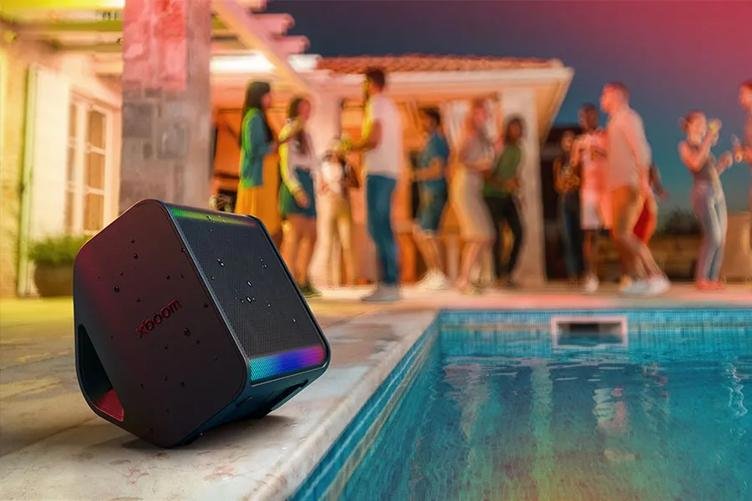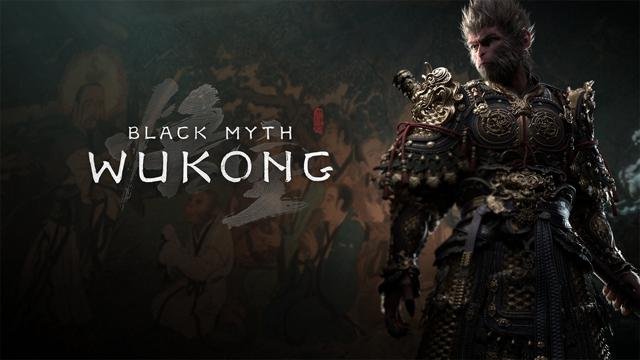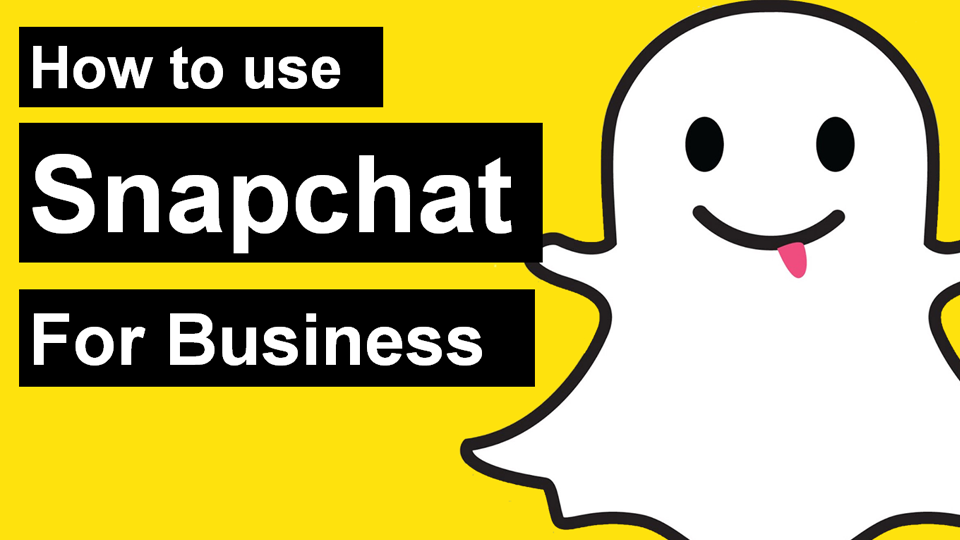Digital generations: how to attract centennials with your online advertising

The new digital generations are coming on strong. When we thought we were finally understanding how to reach millennials, now it’s time to market to centennials. While many of them still rely on their parents’ credit cards, it’s time to get ahead of the competition and turn your marketing around to appeal to younger people.
But who exactly are centennials? What social networks do they hide on? What are their consumption habits? Don’t worry, here I tell you everything you need to know to conquer the new generations with your online advertising.
Who are centennials?
As you have surely already deduced, centennials or Generation Z are the “little brothers” of millennials.
Born between 1995 and 2010, they are a very diverse generation, ranging from elementary school children to twenty-somethings looking for their first job. But their time is coming: it is estimated that by 2020, centennials will account for no less than 40% of consumers.
- To better reach a centennial with your advertising, you may be interested in downloading the free ebook: Strategies for Better Advertising on Instagram.
These are some of the characteristics that can help us understand them better:
- They are 100% digital natives. The phrase “digital native” has been widely abused, but the truth is that this is the first generation that does not remember a world without the internet or mobile phones; in fact, the youngest have already grown up with Facebook, Twitter, and smartphones. In contrast, millennials were young enough to adapt to new technologies without problems, but they did live at least a few years of the pre-digital era.
- They are less consumerist than millennials. Members of the new digital generations value entertainment and experiences more than objects. 72% of them consider that having new things is overrated as long as basic needs are met. They also value fashion less than teenagers did a few decades ago.
- They are not compulsive buyers. In addition to valuing material things less, they are also more responsible when it comes to acquiring them. Instead of being carried away by their impulses, they carefully analyze their purchasing decisions, research, compare, and, above all, rely on online reviews (95% of them consult them before making a purchase). As for their purchasing criteria, most value quality over price.
- They are less idealistic and have more practical sense. If we compare the digital generations with a family, millennials are like the older brother who has done all the crazy things, and centennials are the little brother who has learned a lesson from someone else’s head. Faced with millennials’ desire to travel, fulfill themselves, and change the world, Gen Z is much more attached to practical reality. Growing up before the crisis, millennials grew up with the belief that a bright future awaited them, but their younger siblings knew they had better be realistic.
- They are committed to integration and sustainability. Growing up with the internet has made it easy for them to access people from all over the world and be aware of the differences. In addition to this social awareness, the environment and the future of the planet are also important to them.
Centennials on social networks
As with previous digital generations, centennials use social networks in a majority way. However, there are some key differences with millennials that we need to keep in mind when tailoring our social media plans to them.
They prefer fun content to interactions with friends
When millennials were teenagers, they used social media to update their statuses and see news from their friends; in short, to strengthen their real-life relationships. On the other hand, Gen Z spends more time using social media as a means of entertainment and content consumption.
For brands, this is a great opportunity to connect with centennials through the content they consume, but that doesn’t mean we should insert ads within it. Instead, we must bet on creating content that is capable of standing out from all the noise and that the users themselves want to consume and share.
They use less social media, but spend more time on it
The number of social media platforms has continued to grow over the past decade, but surprisingly, centennials are more reluctant to join them than previous digital generations.
According to GlobalWebIndex data, Gen Zers use an average of 7 different platforms or social networks, compared to 8 for the previous generation. Instead, they spend almost 3 hours a day on social media, while millennials only spend 2 hours and 39 minutes.
They like to interact with influencers more than with brands
According to data from We Are Social, centennials are more likely to use social media to keep up with what their favorite celebrities are posting, and they prefer to follow actors rather than brands. On the other hand, millennials tend to follow brands they like on social media and are more likely to visit brands’ social media pages and share their posts.
To take advantage of this trend in your marketing strategy, think about how you can use the influencers most admired by centennials to promote your products and services, and don’t forget to take into account the power of micro-influencers (users with fewer followers on social networks than “classic” influencers, but with a closer relationship with each of them).
Her favorite networks are Snapchat and Instagram
Facebook is the most popular social network worldwide among all digital generations… except for centennials. Already in 2016, Snapchat surpassed Facebook as the most popular social network among American teenagers, and continues to add users in the 12 to 17 age group.
One of the main reasons for this preference is privacy. Millennials threw themselves headlong into social media, but centennials are much more wary of what they share. For this reason, they are attracted to closed networks with ephemeral content, which also explains the success of Instagram Stories among this generation.
10 Forbes tips for selling to the new digital generations
1) Don’t create ads, create value
Centennials are even more critical of advertising than millennials. Since they have never known life without access to the internet and mobile technologies, they are aware of the price of their attention. They have never sat in front of the television to watch the ads, and they do not plan to do it online.
Instead of advertising, offer them resources, channels, and profiles that give them what they’re looking for, whether it’s through entertainment, information, or tutorials. The key is to get them to interact with what you offer them voluntarily, instead of imposing your content on them.
2) Take care of appearances
If you claim to be a leader in your industry, you’d better keep your website and mobile app design up to par. The new digital generations are native to the visual language of the internet, and they know how to recognize perfectly if you have not updated your page in the last 10 years.
Gen Z doesn’t want you to tell them you’re the best: you have to get in their eyes first. For that, your website has to work perfectly from mobiles, your profile picture has to be recent, the images clear and well adjusted… in short, appearances matter.
3) Don’t bandage, help
Centennials know perfectly well the power of technology and the internet. For them, becoming an online influencer is just as valid a career as studying for a degree. It’s the reality they see every day in their Instagram posts.
And unlike other generations, this one has the tools to turn their dreams into reality. Many start building their brand image and building an audience when they are just teenagers.
For brands, these users are not only consumers, but also allies or even competitors. Therefore, when communicating with them, do not think about asking them for things, but about helping them, empowering them, and collaborating with them.
4) Be multi-screen
It was already difficult to keep the attention of millennials, but with centennials, it seems almost a lost cause. On average, Gen Y used three screens (mobile, TV, and computer), but Gen Z has expanded this number to five.
With so many options to choose from, there’s no hope of keeping their attention with content they don’t want to consume. For example, if you put on a pre-roll ad, they’ll almost certainly be moved to another screen as it en, and you’ll have lost your chance to hit them.
5) Tell them the whole story in 8 seconds or less
It sounds dramatic, but according to the latest studies, the average attention span of a Gen Z member is as little as 8 seconds. So, if you want them to click on your blog post, watch your video, or like your photo, you need to be able to quickly convey what your content is about, why they’re interested in it, and how it can help or entertain them.
If you want to win over centennials, you have to be as short and simple as possible. Make sure to include your brand in the first few seconds, and trust the best creators to help you stand out in a crowded news feed.
6) Help them change the world
According to a recent study by Marketo, 60% of centennials want their work to have an impact on the world, and 76% are concerned about the footprint of humans on the planet. Although they are not as idealistic as their older brothers, there is no doubt that they are aware.
At the same time, this generation is very capable of distinguishing authenticity from mere marketing. If you want to convey your brand’s social responsibility, you’ll need to practice what you preach and be willing to demonstrate it at every turn.
7) Take advantage of social commerce
In the United States, large stores such as Macy’s, JCPenney, or American Eagle are closing their physical stores… And not because they are in crisis, but because of the boom in online shopping.
As new digital generations take their places, online sales are displacing traditional businesses. 55% of those under 18 prefer to buy clothes online, and 53% express this same preference to buy books and electronic devices.
Therefore, if you want to sell to this generation, you need to have your e-commerce site ready and have a solid strategy to reach them through online channels.
8) Communities are more important than platforms
Why do today’s young people spend their lives hooked on their mobile phones? Very simple: because it is the tool they use to communicate with their friends, whether they are close to them or virtual.
More than specific platforms, users naturally gravitate towards communities with which they share interests. So instead of obsessing over figuring out which apps they use the most, consider what interests them most, so you know how to find them.
9) Celebrity marketing doesn’t work anymore
Celebrity marketing is a “lifetime” strategy to reach younger people, but the rules are changing.
Centennials no longer identify with lifelong celebrities, but with YouTubers and Instagram influencers. What’s more, 63% of them say they prefer to see real people rather than celebrities in their ads. Again, the key to connecting with them is authenticity.
10) Open your mind
As we have already mentioned, centennials are a generation aware of differences and more inclusive than ever. And for brands, it’s critical to keep this in mind.
There are many things you can do to show more inclusivity in your marketing, from showing people from different backgrounds to using inclusive language. But at its core, it is a question of principles and values.










